By Monica Schultes, PE
The Steel District office development in Sioux Falls, South Dakota, is the first to demonstrate the structural use of ultra-high-performance concrete (UHPC) in a commercial construction application in North America. Gage Brothers was instrumental in converting the design of a nine-story mixed-use building to a total–precast concrete structure. By using 69-foot-long UHPC beams, interior columns were eliminated, allowing open sightlines, more rentable space, and the ability for adaptive reuse in the future.
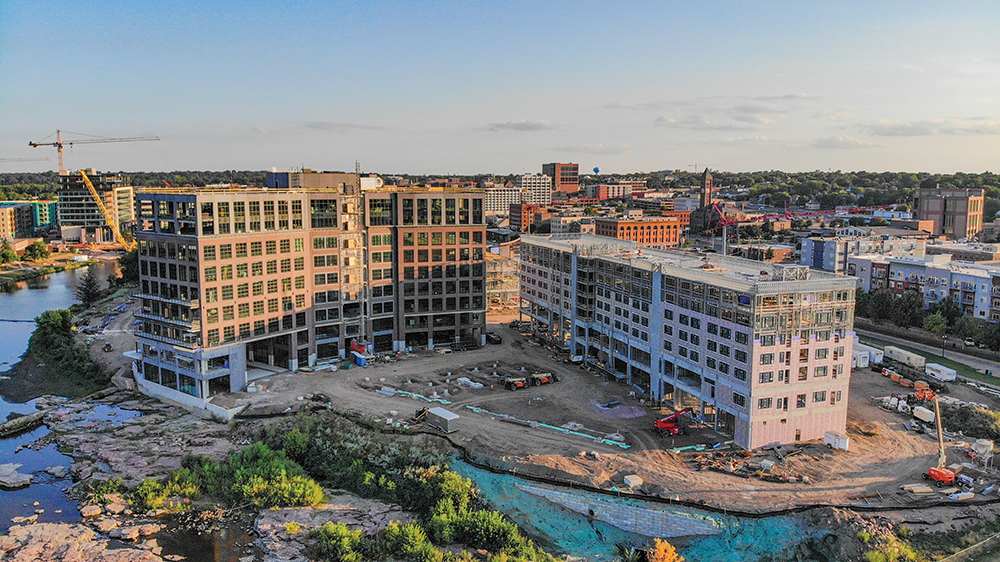
UHPC has been around for more than 30 years, but the prohibitive cost of proprietary blends kept it from widespread adoption. With the completion of research and development sponsored by PCI, this material, with its extremely high tensile strength and durability, as well as compressive strengths over 17,000 psi, is finally being used on a wider scale.
This virtually impervious product with enhanced mechanical properties as compared to traditional concrete mixes lends itself to elegant, slender, and durable structures. Concrete is known to be weak in tension, but with adjustments to the ingredients, it can be transformed into UHPC with its unique combination of sophisticated microstructure, steel fibers, and cementitious materials to resist applied forces without the need for most of the steel reinforcing bars. Now that the first steps have been taken to make it easier to produce and more cost-effective, designers are creating new components and framing systems that capitalize on those properties.
“This is a game changer, not only for precast concrete but for the built environment,” said Brian Miller, director of precast, manufactured, and decorative concrete at GCP Applied Technologies, which provided the admixtures and consulted on the mixture proportions for the project.
Unlike self-consolidating concrete, which was introduced in the 1980s and enabled manufacturers to produce precast concrete more efficiently, this technology can transfer value directly to the owner. “UHPC allows the industry to design structures differently to save money through innovative approaches that can offset any increase in material first cost,” Miller said.
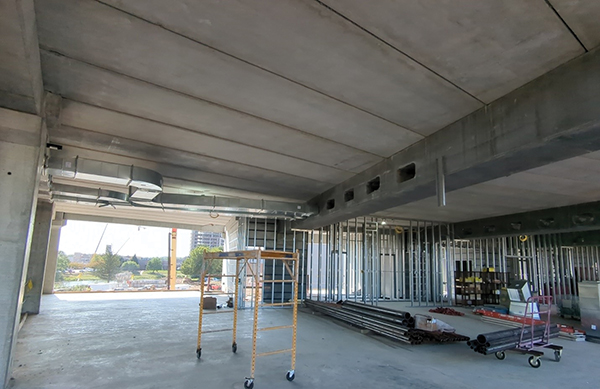
Mixed Use
The site of a former steel mill in the north end of downtown Sioux Falls, the Steel District is planned as a live, work, play mixed-use development that will feature office, retail, restaurant, condominium, hotel, and convention space. The first phase was recently completed and includes an office building, hotel, and parking structure. The 175,000-square-foot office building features expansive windows throughout, bringing in natural light and providing views of downtown and the Big Sioux River. The building contains amenities for employees who enjoy a healthy lifestyle, including access to a gym and proximity to walking trails and parks. Three restaurants occupy the entire first floor, a combination of shared amenities and a connection to a skywalk occupy the second floor, while floors 3 through 9 are office space.
The proportions of the Steel District building complement the neighborhood in a fresh and modern way. The area is recognized as a historic district, and a traditional brick and masonry building was initially considered to complement the surroundings. “Precast concrete was easier to install and requires less maintenance over the life of the building,” said Keith Thompson, principal at Koch Hazard Architects.
Precast concrete insulated panels with embedded thin brick façade in a rich dark brown color were selected to complement the riverfront district. While office construction is a risky venture in some parts of the country, with pressure from remote work and high vacancies in older properties, the Steel District Class A space has the location and the amenities to be well-positioned. The office building is the first of its kind to use UHPC for complete design customization.
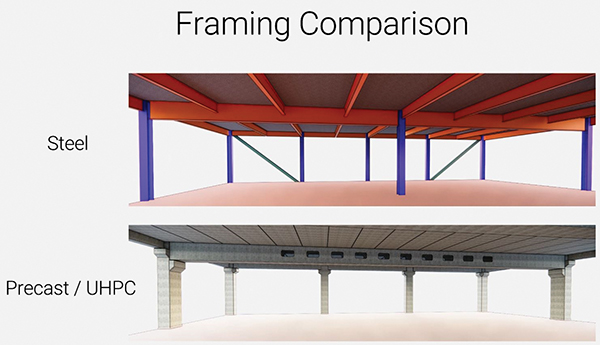
Span Lengths
The genesis of the project started with Gage Brothers, who brought the UHPC concept to the developer.
“We have done hundreds of projects with the Lloyd Companies, so when supply chain delays hit a few years ago, they had concerns about the price and availability of steel,” said Joe Bunkers, president of Gage Brothers. Precast concrete panels had already been selected for the façade. “We posed, ‘what if we could provide an all–precast solution?’ They liked the idea that it would remove the volatility of materials and improve the flexibility of the interior.”
Gage Brothers worked with eConstruct.USA LLC to compare the precast concrete system with the original steel design. Their rendering showed a typical framing system of an intermediate floor where the steel beam spans 36 feet and sits on a steel column in the middle of the floor. The precast UHPC concept doubled that span and eliminated the column lines along with their associated foundations. The original design also included bracing components that kept the steel building from swaying. Maher Tadros, principal at eConstruct, described the transformation: “We have a much cleaner framing system; you can see the difference afforded by a single 69-foot UHPC beam span (72 feet out to out).”
Gage Brothers was determined to overcome any initial hurdles to prove to themselves and the world that this project was viable. “We hadn’t poured that many yards of UHPC, so we had to work out some of the bugs and learn the best way to handle, mix, and place this material,” Bunkers recalled.
Bunkers credited his team for quickly scaling the learning curve. Armed with PCI’s Guidelines for the Use of Ultra-High-Performance Concrete (UHPC) in Precast and Prestressed Concrete (TR-9-22), but with no best practices to rely on, “we had to work our way through the engineering and production the old-fashioned way—we earned it.”
Braced with that knowledge, they plan to move forward with the production system that best supports UHPC. “We intend to promote it, create demand, and have UHPC become a part of our business,” Bunkers said. “Once we are set up more efficiently, UHPC beam production should be less labor intensive.”
Precast Concrete System
After converting the original steel design, Thompson recalled that “making changes that late in the game is never easy, but we understood the system and the benefits, and we were able to pivot to the total, precast concrete system.”
The project team was deliberate in their use of UHPC only where needed to make the system work. “We aren’t trying to replace what precast concrete can already do, just supplement it where possible,” Tadros said. “There is no need to use UHPC everywhere.” The industry already produces hollow-core slabs cost-effectively, so the strategic use of UHPC beams to support the floor was the best solution.
The UHPC components for the Steel District office building are 69-foot box beams like those found in bridge design. The difference is that a conventional beam weighs 44 tons, compared with 19 tons for a UHPC beam. The precast concrete box has voids inside filled with foam, and openings in the sides to lighten the weight, reduce the amount of concrete, and allow ductwork, piping, and conduit to pass through.
UHPC requires much less steel reinforcing thanks to its unique properties. This eliminates time spent ensuring that reinforcement is designed and detailed properly and placed within clear cover requirements. “UHPC allowed us to span 69 feet across the building and remove all interior columns and run hollow-core from beam to beam,” said Collin Moriarty, precast partner at eConstruct. “We were able to run HVAC [heating, ventilation, and air conditioning] through the box system so that the bottom of the beam is true bottom of ceiling. You don’t need to run utilities below, so ultimately it provides better clear height than other systems that require additional height for utilities.”
The voided section was a challenge, Moriarty said, and on the next project they might look at other cross-sections that are easier to produce. An equivalent I-beam would have made production easier, though less appealing than the box shape. “It is a balancing act—there is no one size fits all,” he said.
Limited by the maximum number of strands in the existing casting bed, and by the depth of the original steel design of 36 in., the unique shape met those conditions. “This material is unique in that unlike traditional concrete; it doesn’t require additional rebar around openings to limit cracking,” Moriarty said.
According to Thompson, one of the ways they had to pivot on this project was in the coordination of the mechanicals. In short order, the team agreed on the size and spacing of the punch-outs and how to incorporate a large easement. The easement was essentially a tunnel through the building. Large L-shaped transfer beams using conventional concrete support the UHPC beams in that area. The UHPC beams were required to be hung from transfer beams to enable this 50 × 72-foot clear space.
While UHPC is underpinning the structure of this project, conventional precast concrete is the real workhorse. Out of almost 3,000 pieces of precast concrete assembled for this structure, 86 are UHPC beams, and the rest are traditional precast concrete. The insulated cladding walls reduce HVAC heating and cooling loads, and the inherent fire resistance of precast concrete eliminates the need for additional fireproofing. Other benefits include improved sound transmission floor to floor. And with fewer walled-in offices, the floorspace requires less drywall, reducing overall construction cost and time.
Facilitating Adaptive Reuse
Improved use of space, functionality, and flexibility are the hallmarks of today’s office layout. Given the flexible layout of the total precast structure, smaller firms, or businesses with hybrid work schedules, can manipulate the interiors to suit their needs. Movable walls and room dividers can create smaller meeting areas. Some tenants may require only a small footprint, while others may want to have a large open floor plan.
The Steel District office building was 80% leased as of this writing, with the Lloyd Companies occupying two floors. The build-out customized each floor to suit the needs of the tenant. One lessee used the column-free space to include a large break room for employees to enjoy the views and encourage creative interactions. Other, larger tenants added interior stairs for flexibility in their multi-floor space, which would not have been practical with a steel structure.
While most of the building’s tenants require traditional conference space and enclosed offices, in 10 years the next iteration could be entirely different. The office building is positioned to accommodate many layouts and, in the future, potentially apartment conversion or other types of adaptive reuse, with the open floor plan allowing a cleaner retrofit. “You can easily bring it down to the shell and not have to design around columns, which provides a clean slate,” Thompson said. “That is an asset for the owner and the long-term viability of this project. Future conversion and utilization of the space will not be a concern as the years go by.”
While not every office layout takes advantage of the beauty of the precast UHPC system, the developer understands that in the future they will have maximum flexibility to use it however they want. Instead of being torn down, this structure will be viable for decades, potentially bringing financial benefits to the owner with higher rents and high-quality tenants.
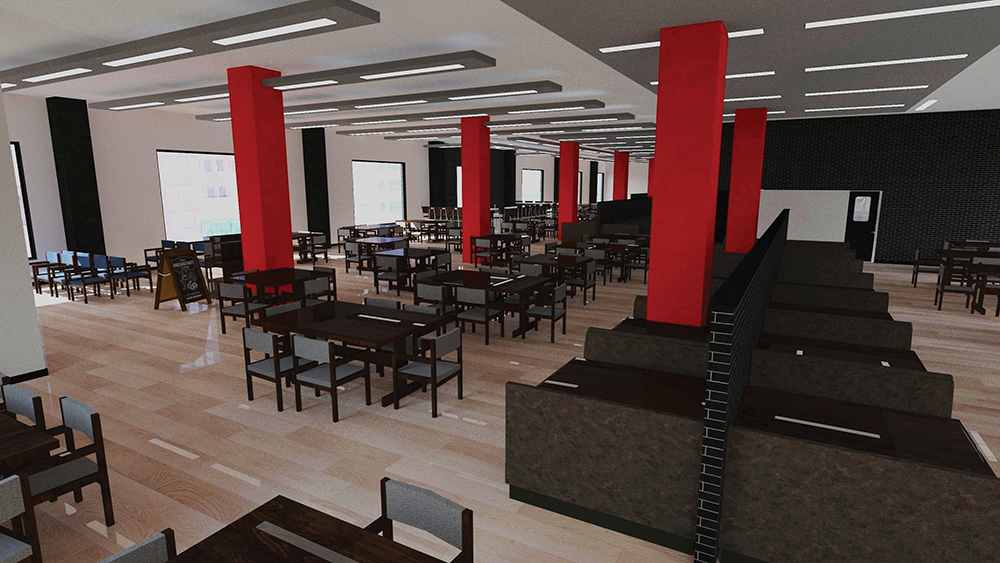
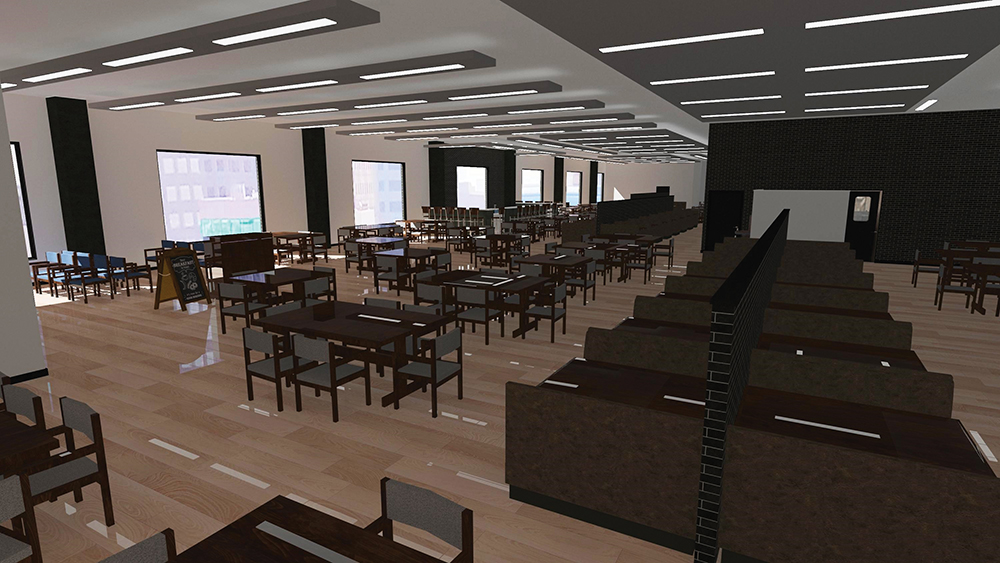
Future of UHPC
While it is easier to start with precast concrete design from the beginning, some see a bigger advantage in using the value-engineering process to convert projects, whether steel framing or other materials, and demonstrate the comparison. In either case, UHPC is emerging as a premier material for precast concrete construction. UHPC has the potential to revolutionize the precast concrete industry.
With creative designs and new guidelines, UHPC can be cost-competitive on a first-cost basis and can provide significant value on a life-cycle cost basis. By taking advantage of its key properties, long-span precast concrete components will transform the industry, with their more efficient use of materials and enhanced long-term performance. ■
